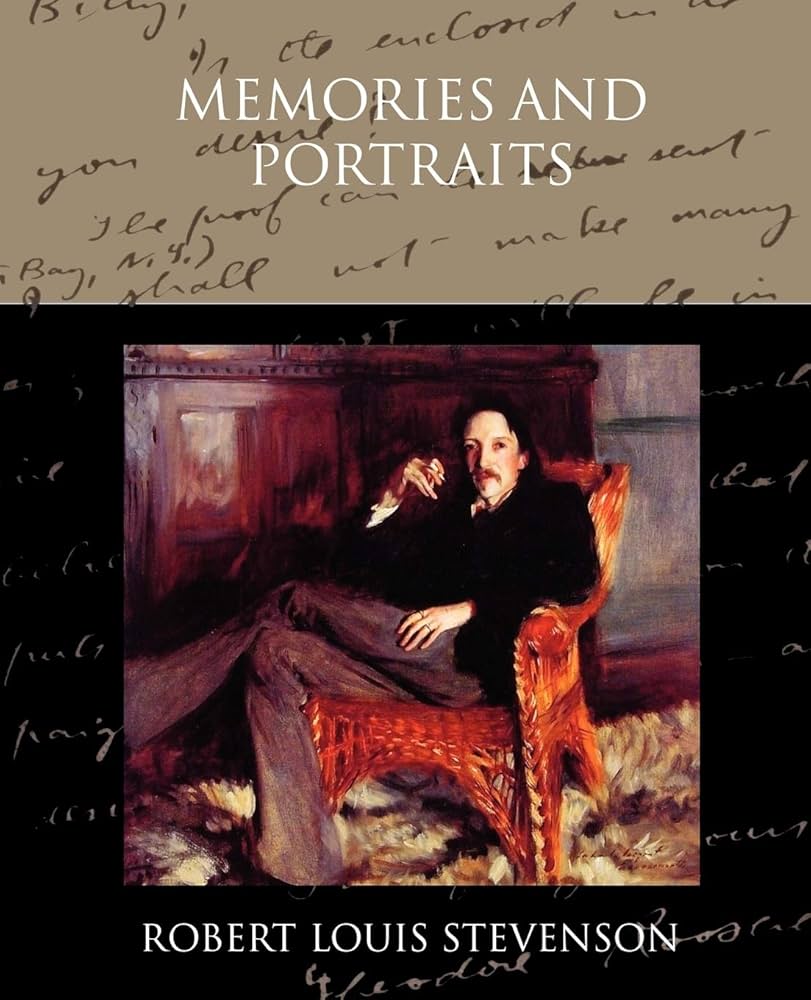Part III — Memories and Portraits
byPart III opens with a contemplation on the many shapes conversation takes, especially the contrasting rhythms of dialogue between the young and the elderly. Talking with older individuals brings a calmness that quick exchanges among peers rarely offer. Their measured tone, reflective stories, and quiet pauses all contribute to a richer, more textured interaction. Rather than pushing to prove a point, elders often share their truths without the pressure to convince, allowing wisdom to settle gently rather than loudly. These exchanges hold meaning not just for their content, but for their delivery—a soothing cadence that reflects the pace of lives lived thoughtfully. What makes such conversations memorable isn’t their sparkle but their steady warmth, something that allows understanding to bloom slowly and stay longer.
The chapter draws attention to the rare honesty found in debates that are spirited yet grounded in respect. Among friends or thoughtful strangers, a clash of ideas doesn’t signal hostility—it becomes a game of minds pushing each other toward clarity. These verbal jousts sharpen one’s own views, revealing flaws or strengthening resolve through the process of defending or surrendering a stance. But more than that, such lively conversation carries the joy of shared presence and attention. Participants emerge not as winners or losers, but as individuals seen and acknowledged in their complexity. In these moments, words serve more than their dictionary definitions; they connect, challenge, and celebrate individuality.
Contrasting these open exchanges are the carefully curated social dialogues often performed in polite society. In the drawing-room, civility and charm reign, but authenticity is too often hidden beneath small talk and pleasantries. Conversations avoid raw truths or unpopular ideas, opting instead for predictability and smooth transitions. The chapter suggests that while these moments can be pleasant, they rarely leave lasting impressions. They cater to appearances, keeping discomfort at bay but also limiting discovery. This tension between safe conversation and genuine discourse reflects the broader human dilemma—how to be both agreeable and authentic. Often, we sacrifice one for the other depending on the setting.
Differences in how men and women engage in dialogue also come under scrutiny, not to divide but to observe. The text notes that men may charge into disagreement with more force, while women often weave around conflict, creating conversational grace that softens intensity. This isn’t framed as a weakness, but rather as a skilled modulation that keeps rapport intact even when ideas diverge. Still, the result can sometimes be a dilution of depth, where crucial points get side-stepped rather than met directly. It invites reflection on how society conditions each gender’s approach to speech, steering them either toward or away from certain types of expression. In both styles lies a unique strength, but neither is without its blind spots.
Returning to the elderly, the narrative elevates them not as relics of the past but as living compasses of wisdom and emotional nuance. The elderly offer both storytelling and silence as tools for teaching, neither of which need to be dressed in drama to resonate deeply. Their past mistakes and triumphs are shared not to impress, but to illuminate paths others may walk more wisely. Their words often linger not because of volume, but because of timing and intent. They do not speak to be heard, but to help another hear themselves more clearly. In a fast-paced world, their presence is a reminder that some truths take time to unfold—and the ears to hear them must be quiet long enough to receive.
Conversation, in its many forms, becomes a mirror to the inner life. Whether animated or subdued, reflective or confrontational, it shows what people value, fear, or hope to find in others. This chapter offers a view of dialogue not merely as a function of communication, but as an art shaped by time, temperament, and culture. It suggests that talk is rarely just talk; it is the shared space where souls touch, even briefly. Through these touches—some light, some weighty—we come to better understand not just each other, but ourselves. And that, perhaps, is the quiet magic behind every meaningful exchange.

